Maximize herbicide effectiveness with correct sprayer setup.
Herbicide weed resistance isn’t going away. As the old saying goes, “Mother Nature always wins.” Today’s weed control practices play an important role in managing herbicide resistance. Correct sprayer setup along with timely application maximizes herbicide effectiveness.
Ideal sprayer setup will vary depending on herbicide application and local weather conditions. Operating spraying equipment improperly may negatively impact herbicide effectiveness and, at times, result in poor control. To help quantify the risks AGCO has spent several field seasons investigating the impact of sprayer settings on herbicide efficacy. Last season, we organized three separate studies looking at sprayer setup on common waterhemp control in soybeans for post-emergence herbicide application.
Correct Boom Height Settings
Boom height can have a significant impact on herbicide effectiveness. Setting the boom too high can lead to greater drift, more droplet evaporation and collapsed nozzle patterns. The end result is reduced coverage at the target. Setting booms too low, on the other hand, can create skips in coverage. And there’s obviously the risk of hitting the ground and damaging nozzles.
Our study compared two different boom heights — 24 (correct) and 48 (incorrect) inches. It also included two different nozzle types — AIXR and XR. Liberty herbicide was applied across all four treatments at a rate of 32 fluid ounces per acre with 2.5 pounds per acre of AMS at 15 gallons per acre.

Table 1. Impact of Liberty herbicide on common waterhemp control applied at 24 or 48 inches above the canopy with two different nozzle types 13 days after treatment.
We saw reduced waterhemp control, especially with XR nozzles, when booms were positioned too high. In this study, the XR nozzles produced finer droplets that naturally have a higher potential for drift and evaporation. When paired with higher booms, this combination really creates a recipe for less herbicide reaching the target. Even with the coarser droplets of the air induction nozzle, weed control was drastically reduced when booms were set too high.
In the end, regardless of nozzle type, this study highlighted the importance of proper boom height.
Correct boom height should provide 100% nozzle overlap at target. Always read and follow nozzle manufacturers’ guidelines to determine correct boom height based on nozzle spacing and fan angle. Boom height sensors can also make this process easier to maintain.
Carrier Volume and Nozzle Type
Selecting the right carrier volume rate is a balance between maximizing herbicide efficacy and productivity. On one hand, we need enough volume to achieve coverage, but at the same time, covering as many acres as possible in tight spraying windows is important for timely applications. This is especially true in our current season where frequent rains and relentless winds in many areas have kept sprayers out of the fields for a number of days.
To learn more, we conducted carrier volume studies exploring the effect of carrier volume on common waterhemp control. We compared contact and systemic type herbicide. Each study contained six different treatments covering three different carrier volume rates — 10, 15 and 20 GPA — and two nozzle types. The systemic study compared AITTJ60 and AIXR nozzles with Enlist Duo herbicide applied at 56 fluid ounces per acre plus AMS. The contact study considered TTJ60 and XR nozzles with a 32 fluid ounces per acre plus AMS application of Liberty herbicide. Both studies employed a RoGator C Series sprayer with 120-foot booms and 20-inch nozzle spacing. Average travel speed was 10 miles per hour.
Across both studies, carrier volume had a much greater impact on weed control when spraying the contact herbicide. Contact herbicides like Liberty will only kill the area of leaf touched by the spray so getting a thorough coverage is important to ensure the entire plant dies. In the contact study, weed control was severely reduced when spraying at 10 gallons per acre, regardless of nozzle type and droplet size. Weed control improved as carrier volume increased for both nozzle types, with a noticeable jump from 10 to 15 gallons per acre. In general, the overall highest weed control ratings were observed in plots sprayed at 20 GPA with the TTJ60 nozzles.

Table 2. Impact of Liberty herbicide on common waterhemp at three different carrier rates and two different nozzle types 28 days after treatment.
Systemic herbicides, on the other hand, are absorbed through the leaves and will move throughout the plant from there. These are less sensitive to changes in coverage. In the systemic study, even though there were some discernable differences among treatments, changes in carrier volume were far less apparent on overall weed control. When averaged across nozzle type, there was a slight improvement in overall control when carrier volume rate increased from 10 to 15 gallons per acre but no difference from 15 to 20 gallons per acre. Taking into account both efficacy and productivity, the results of this study suggest a carrier volume rate of 15 GPA would be preferred. Considering both nozzles produced similar sized droplets, we did not identify a consistent weed control advantage with twin fan vs. single fan nozzles in this study.

Table 3. Impact of 2,4-D choline and glyphosate herbicide on common waterhemp control at three different carrier rates and two different nozzle types 28 days after treatment.
Overall, this data shows that carrier volume can have a profound impact on weed control, especially for contact herbicides. It’s important to note that for later applications when the crop nears full canopy, increasing carrier volume rate is the best way to penetrate spray down into the canopy. In order to maintain efficiencies when spraying higher rates, a large sprayer tank with a wider boom is critical.
Additional Weed Control Options
To help manage herbicide resistance, a complete systems approach to your overall operation is important. Utilizing the right herbicides to layer residual activity between the pre and post emerge passes will prevent any window of opportunity for weeds like waterhemp to emerge before the crop canopies. Remember to start clean and finish clean. Proper planting techniques for rapid soybean emergence, along with reducing row spacing from 30 to 15 inches, will help choke out weeds naturally. Additionally, addressing weeds early when they’re small can help overall efforts.
For some, adding a cover crop like cereal rye ahead of soybeans is another tactic to help choke out weeds. When using herbicides with cover crops, especially for the first time, it’s best to start small. The learning curve in these situations can be steep and the challenges plentiful with improper sprayer setup. Work with a small test area to ensure overall success.
Optimal weed control requires vigilance, perseverance and proper equipment setup. Talk to your local agronomist or equipment dealer about what weed control options are best for your farm.
Herbicide application is an important part of the modern growing cycle. The above information is intended for educational purposes.

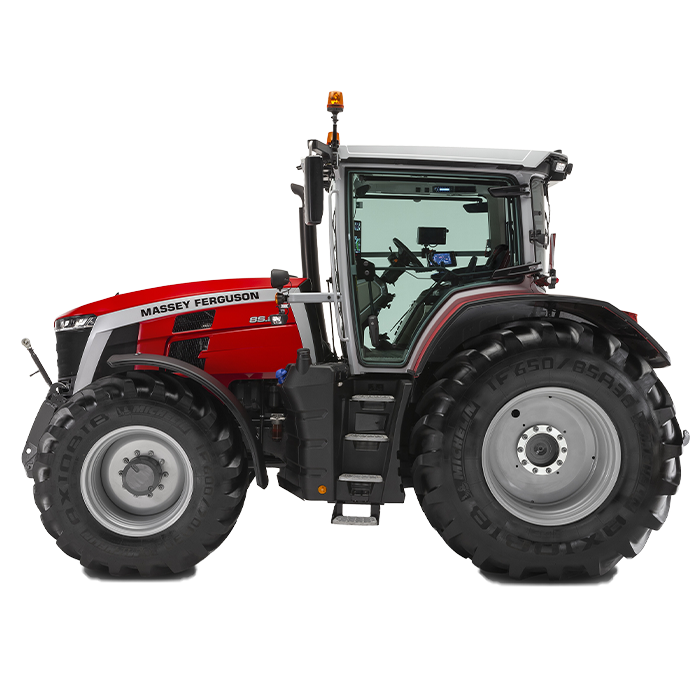
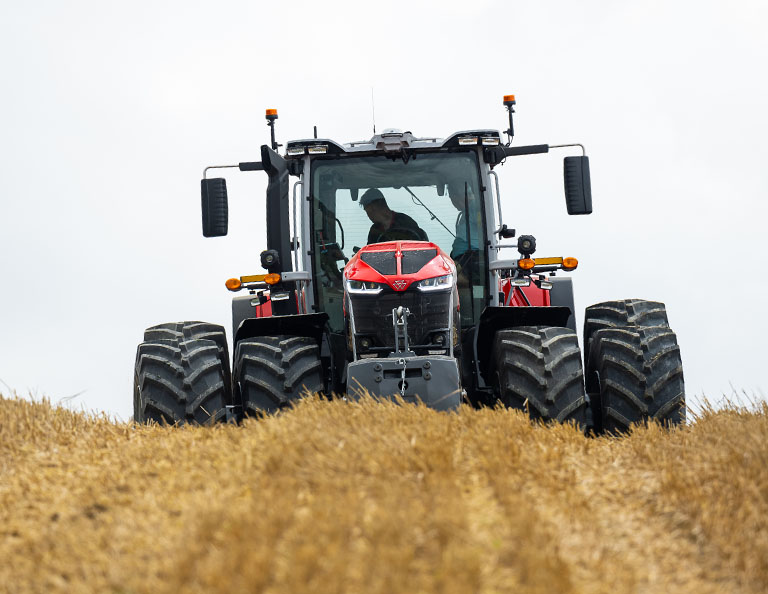

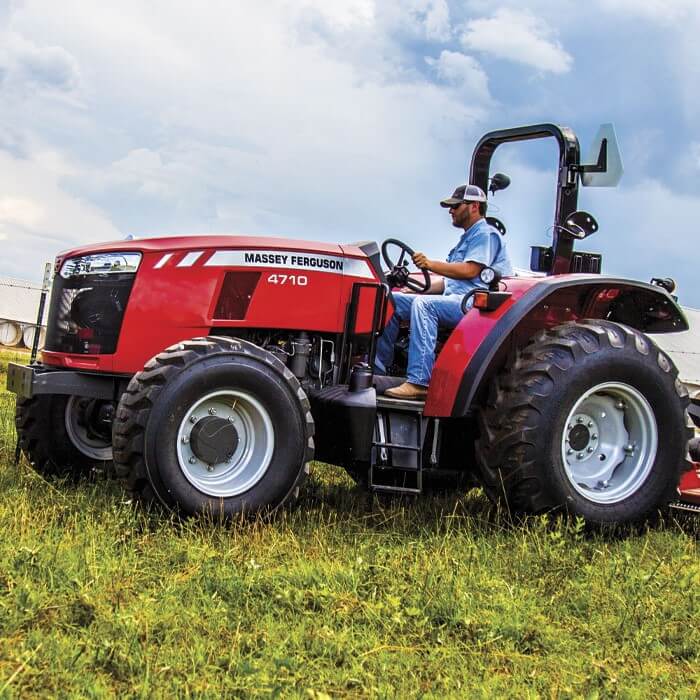


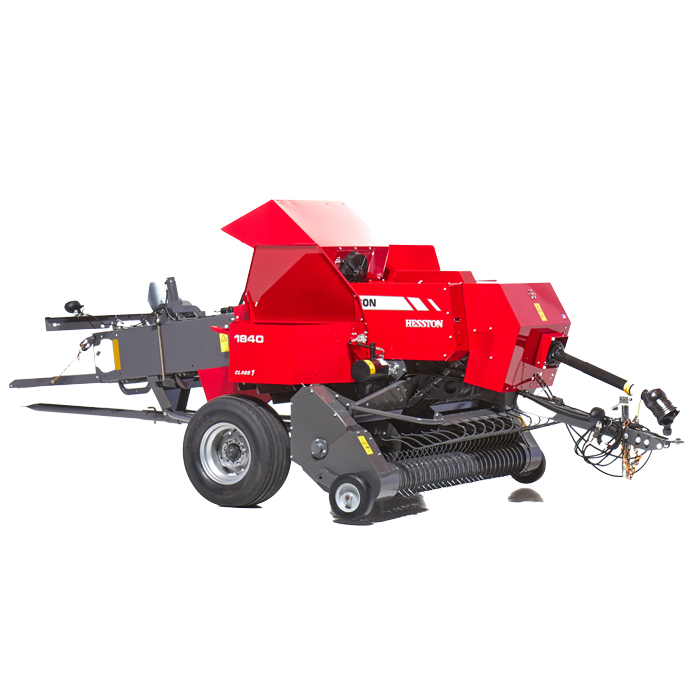
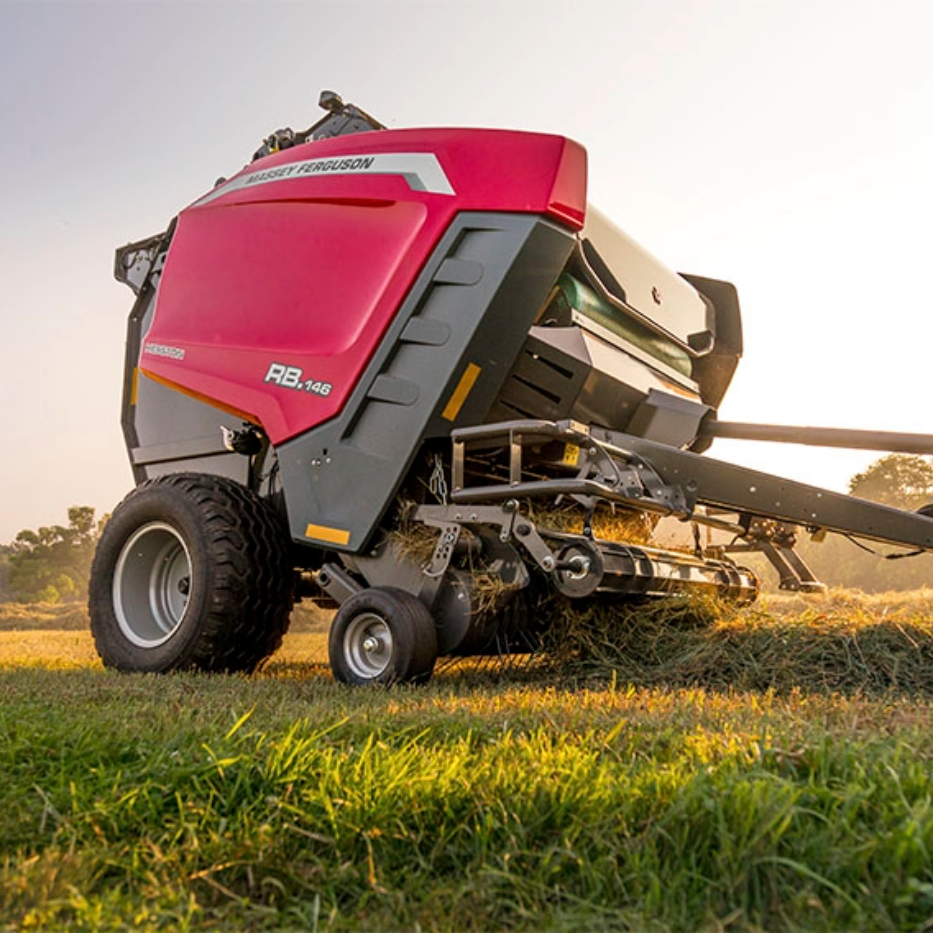
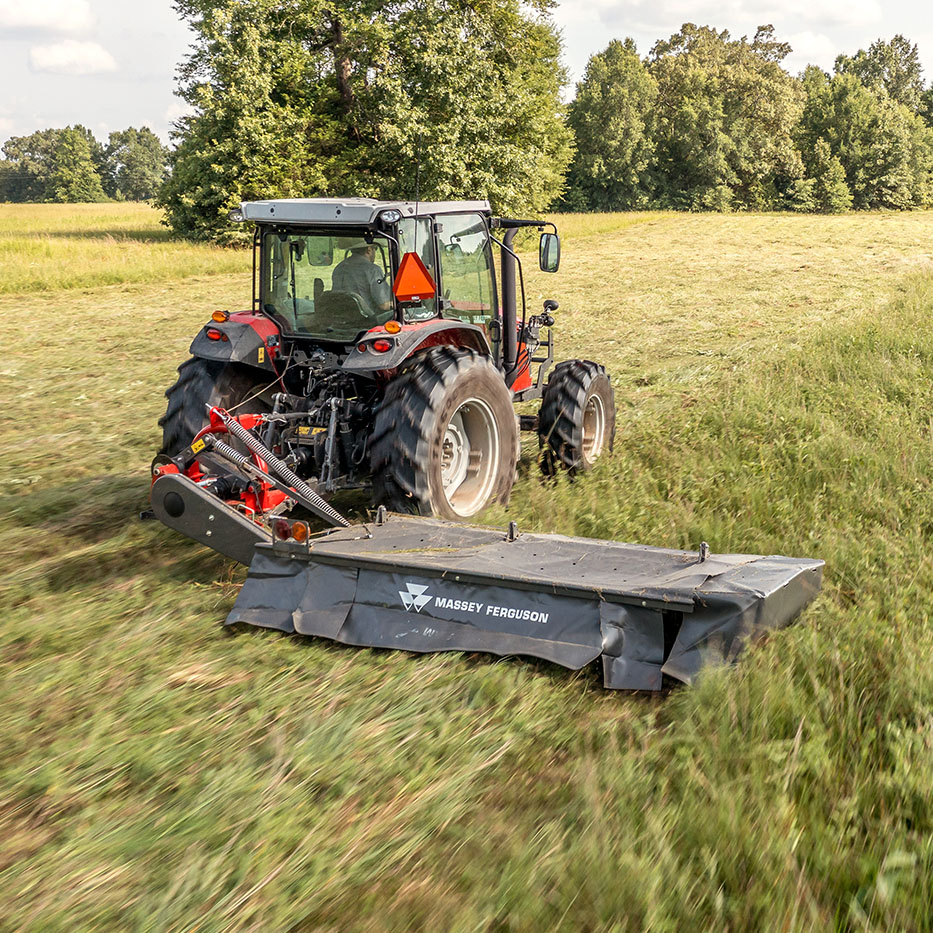
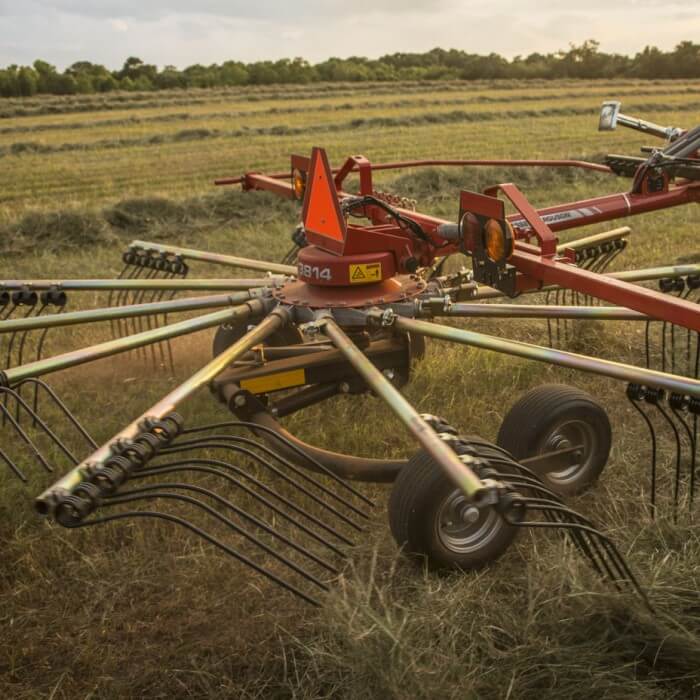
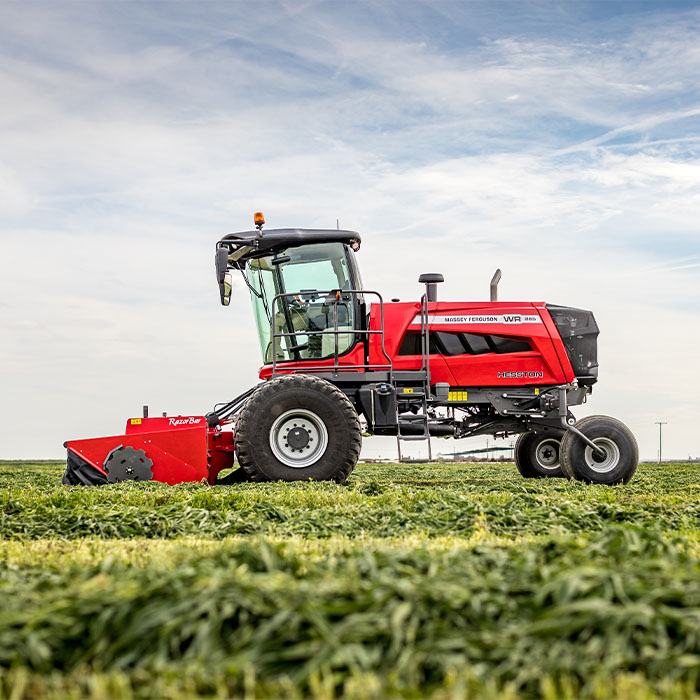
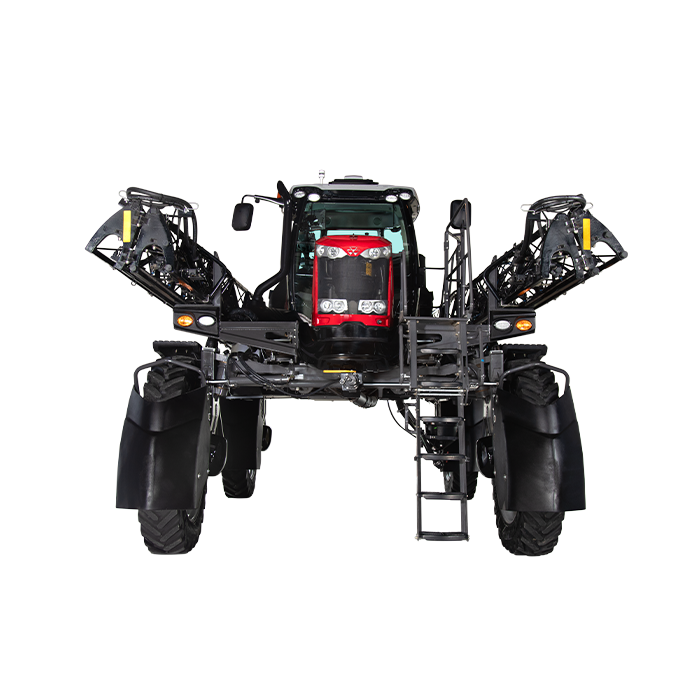

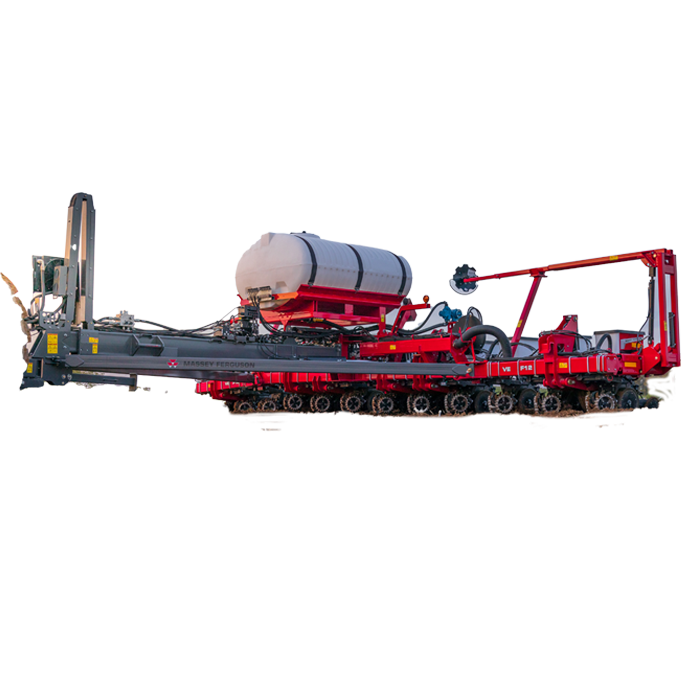
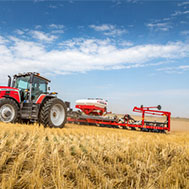
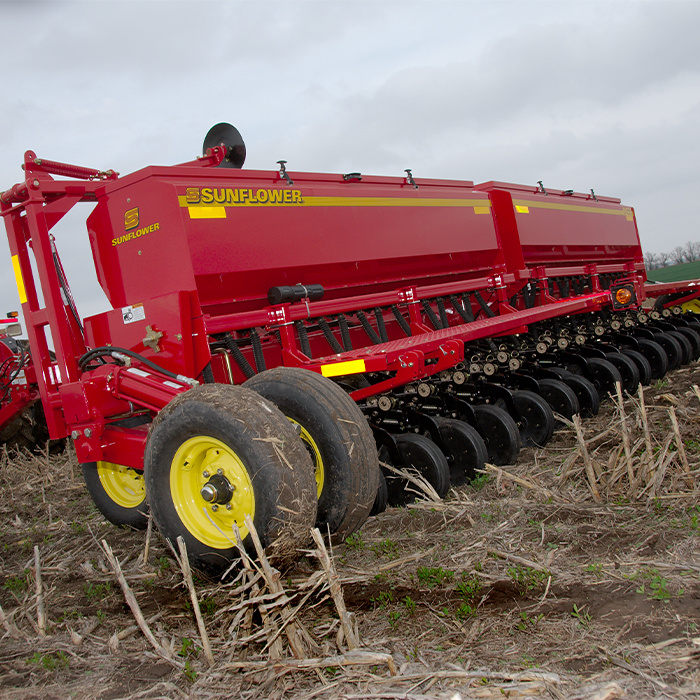
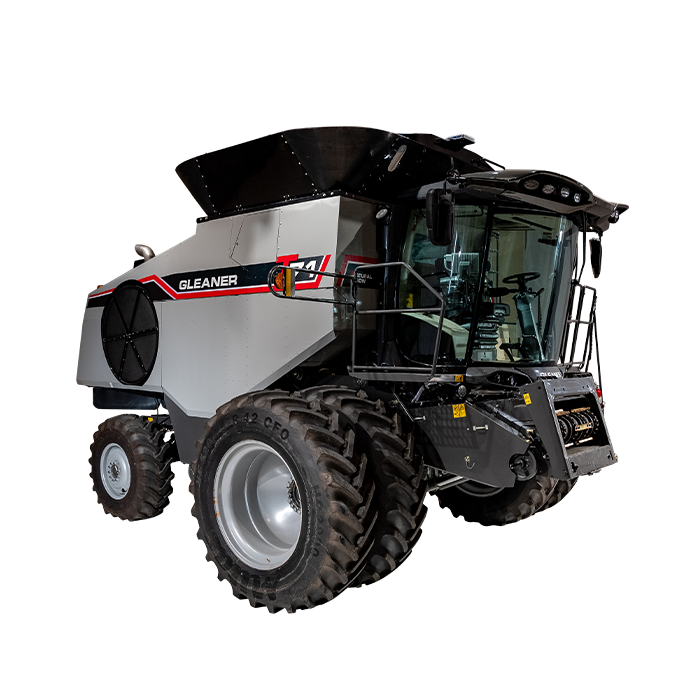


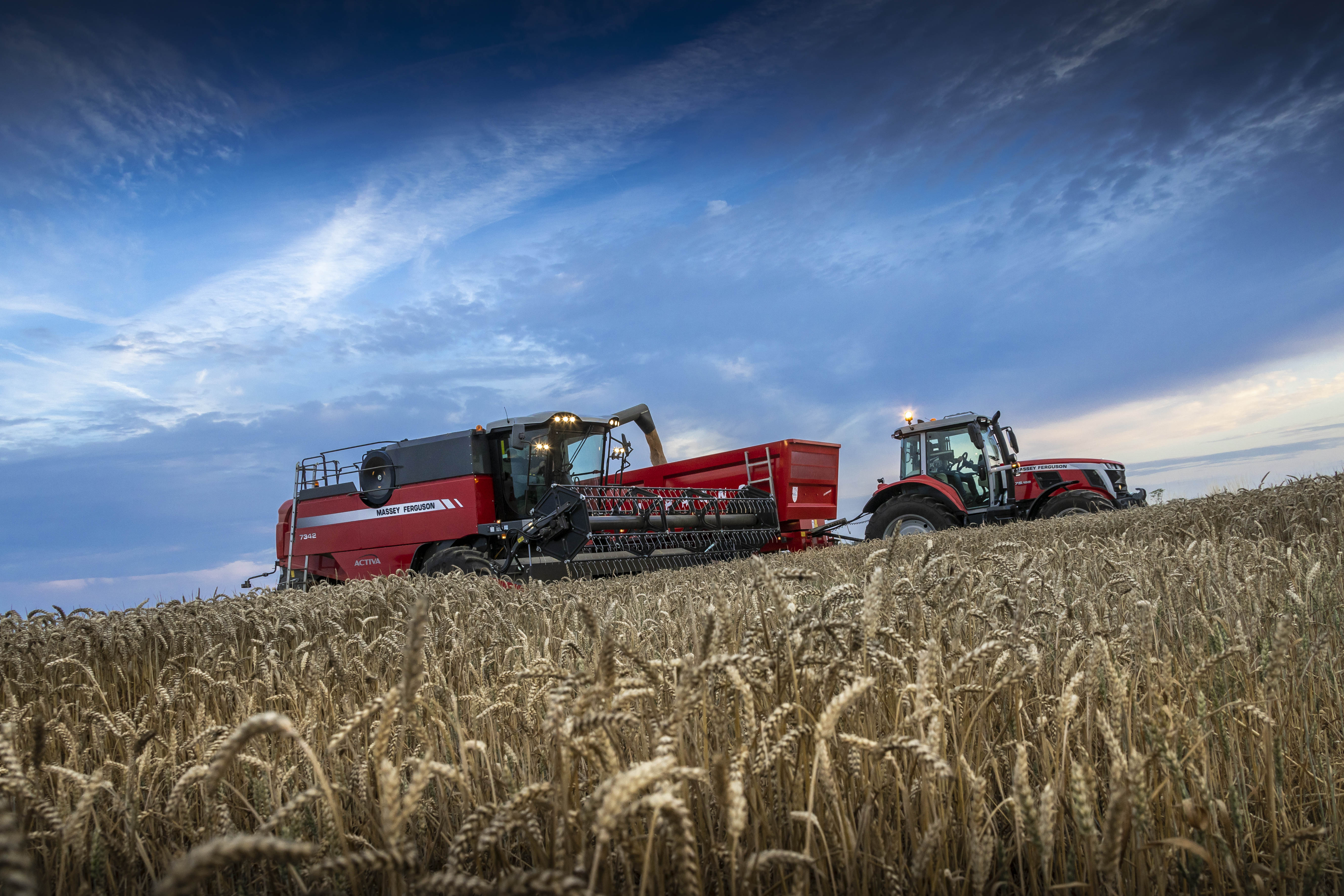
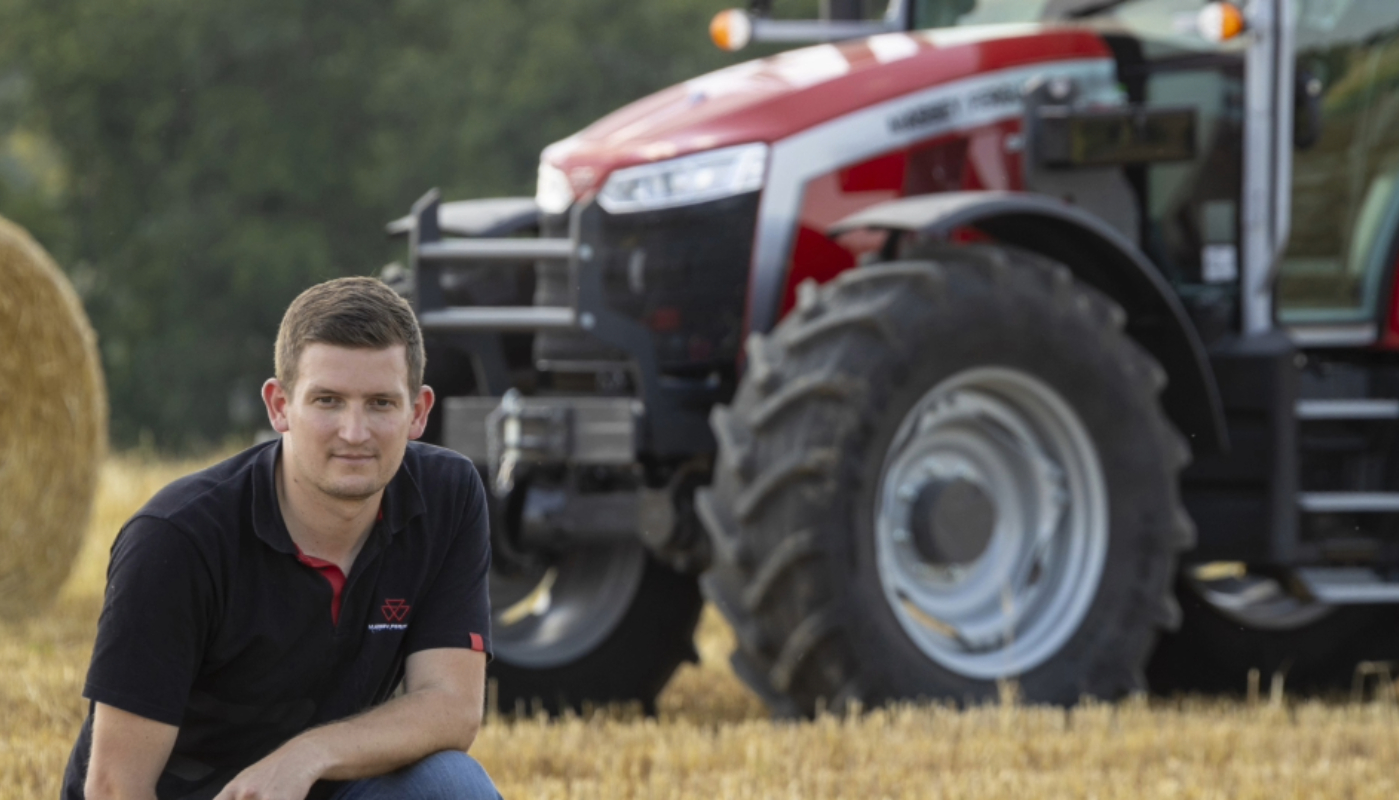
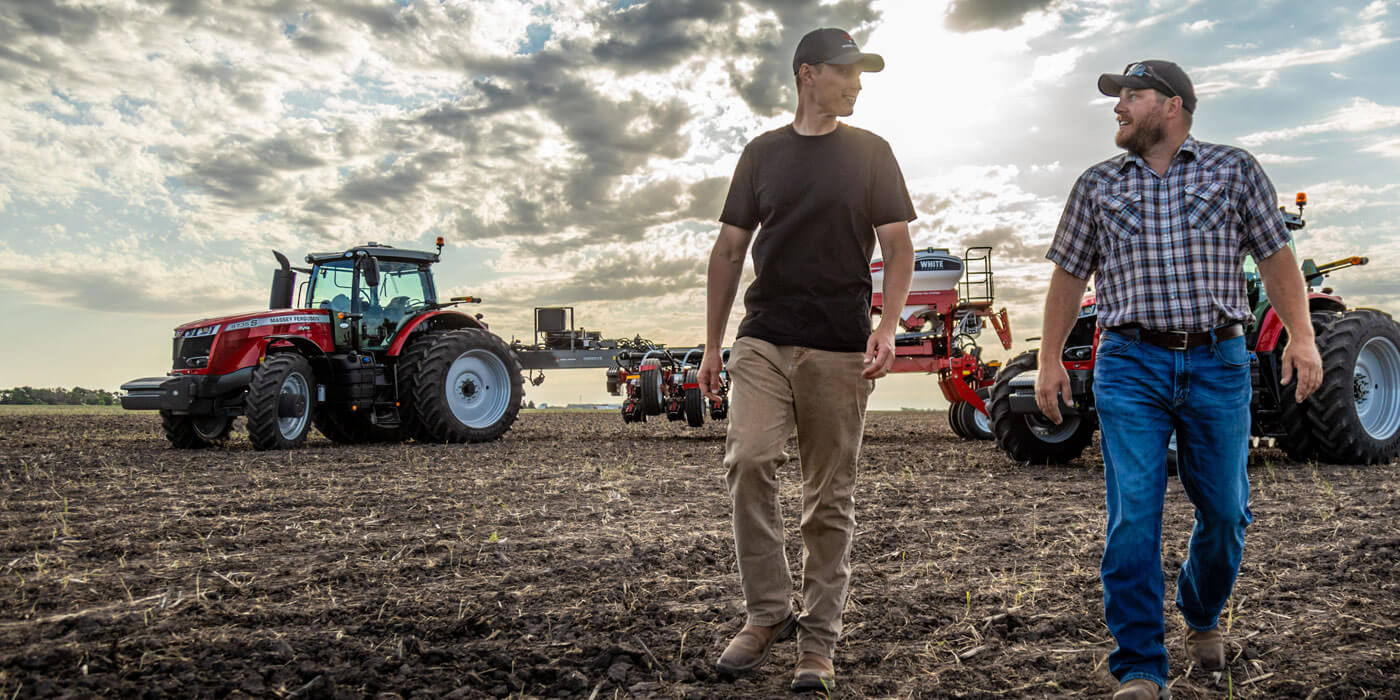
Share